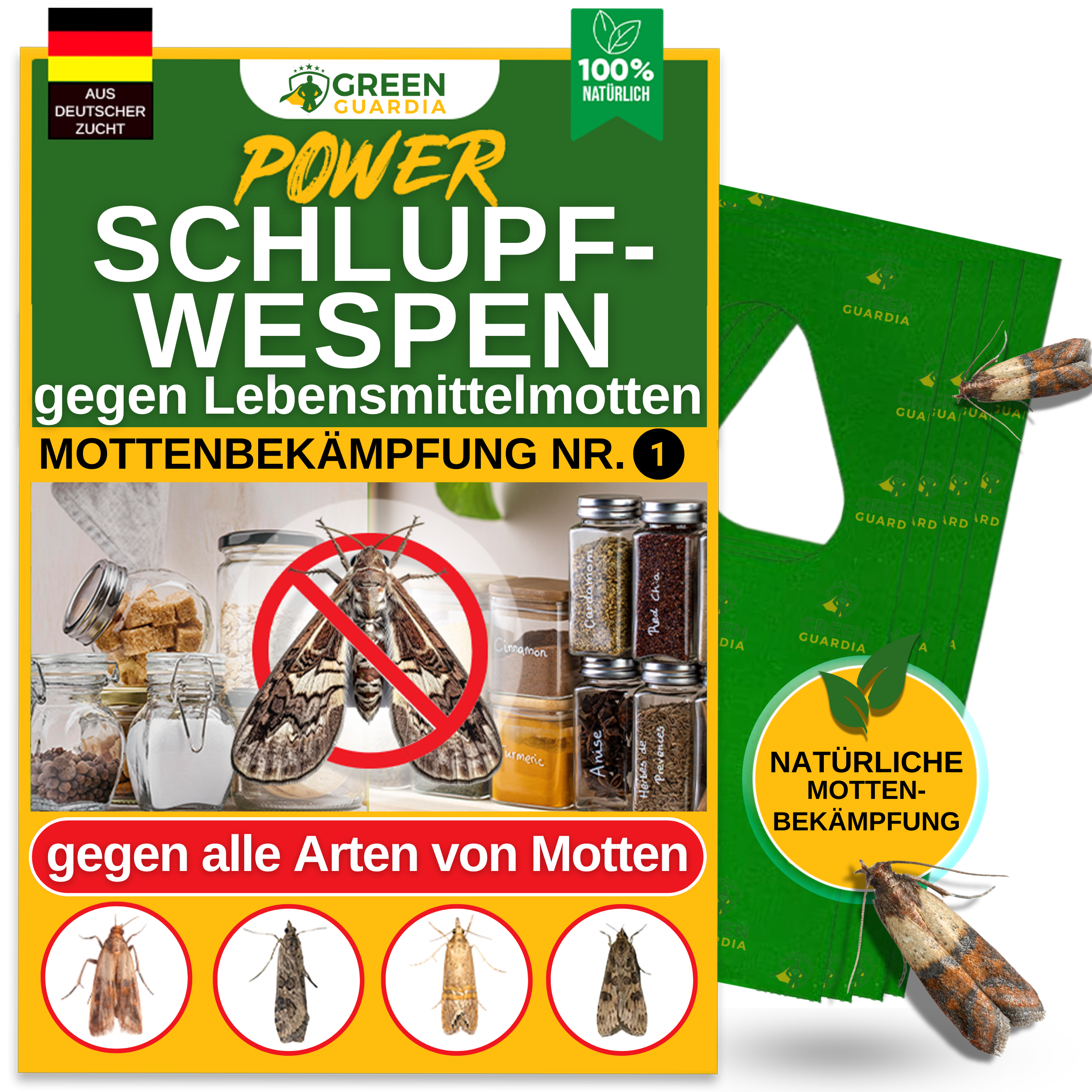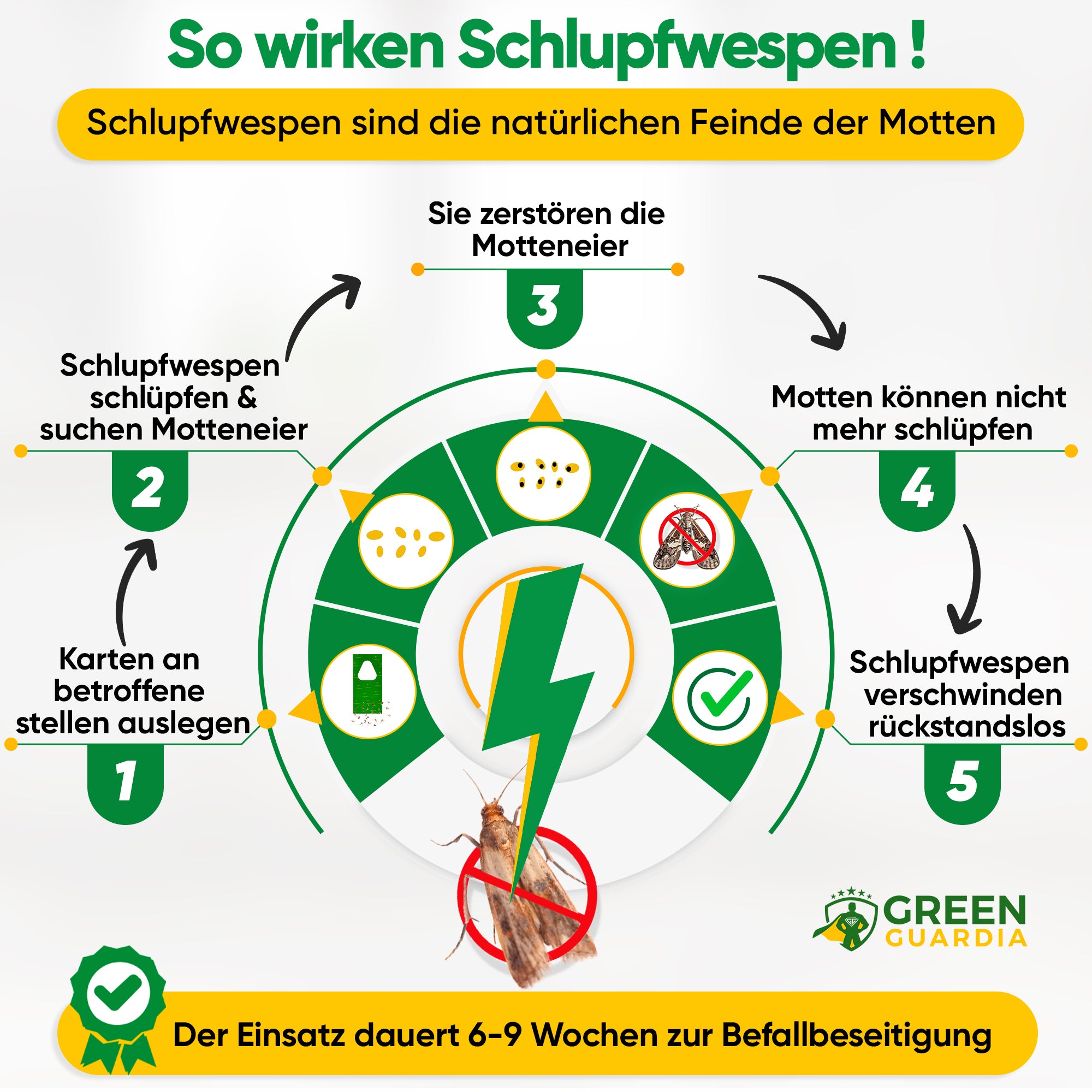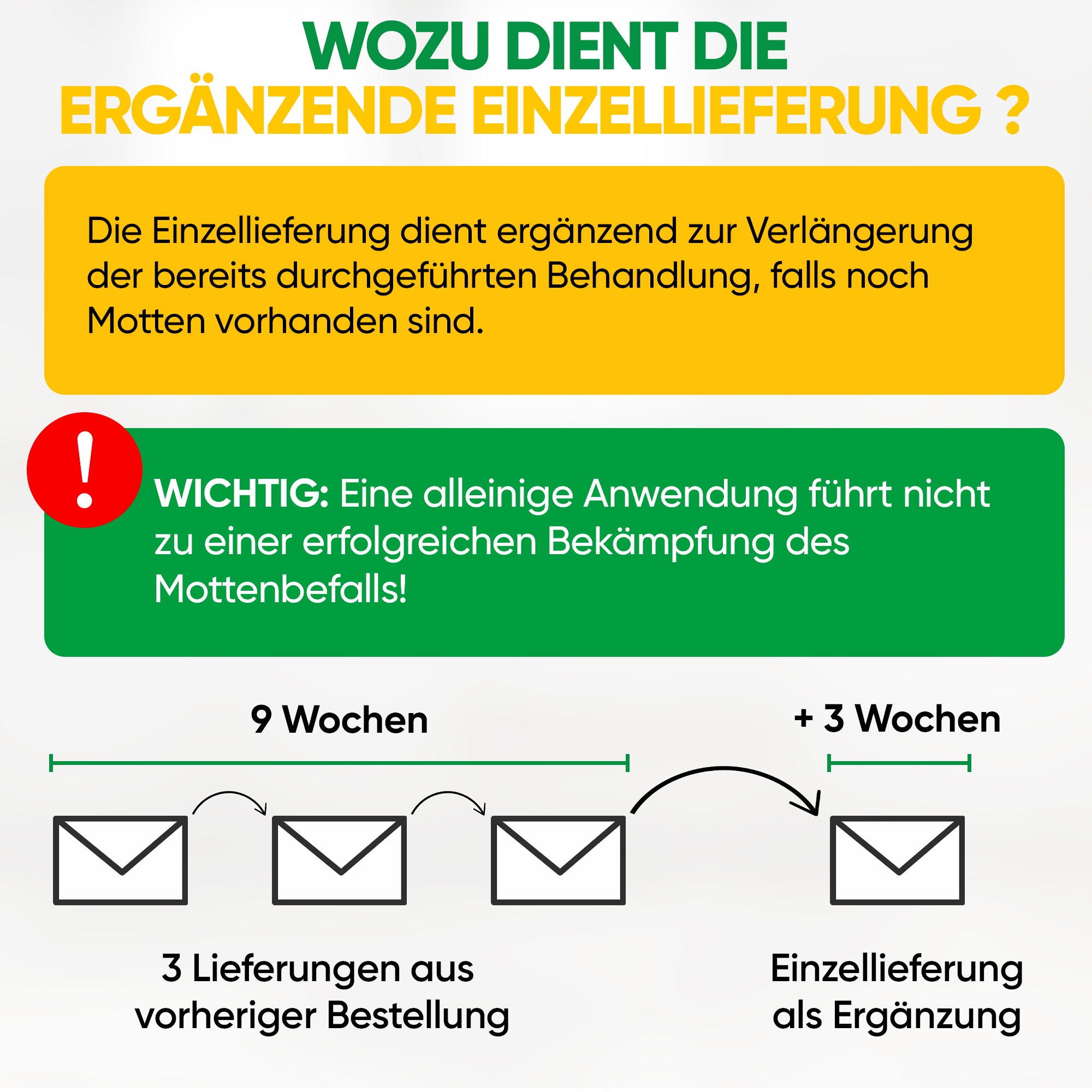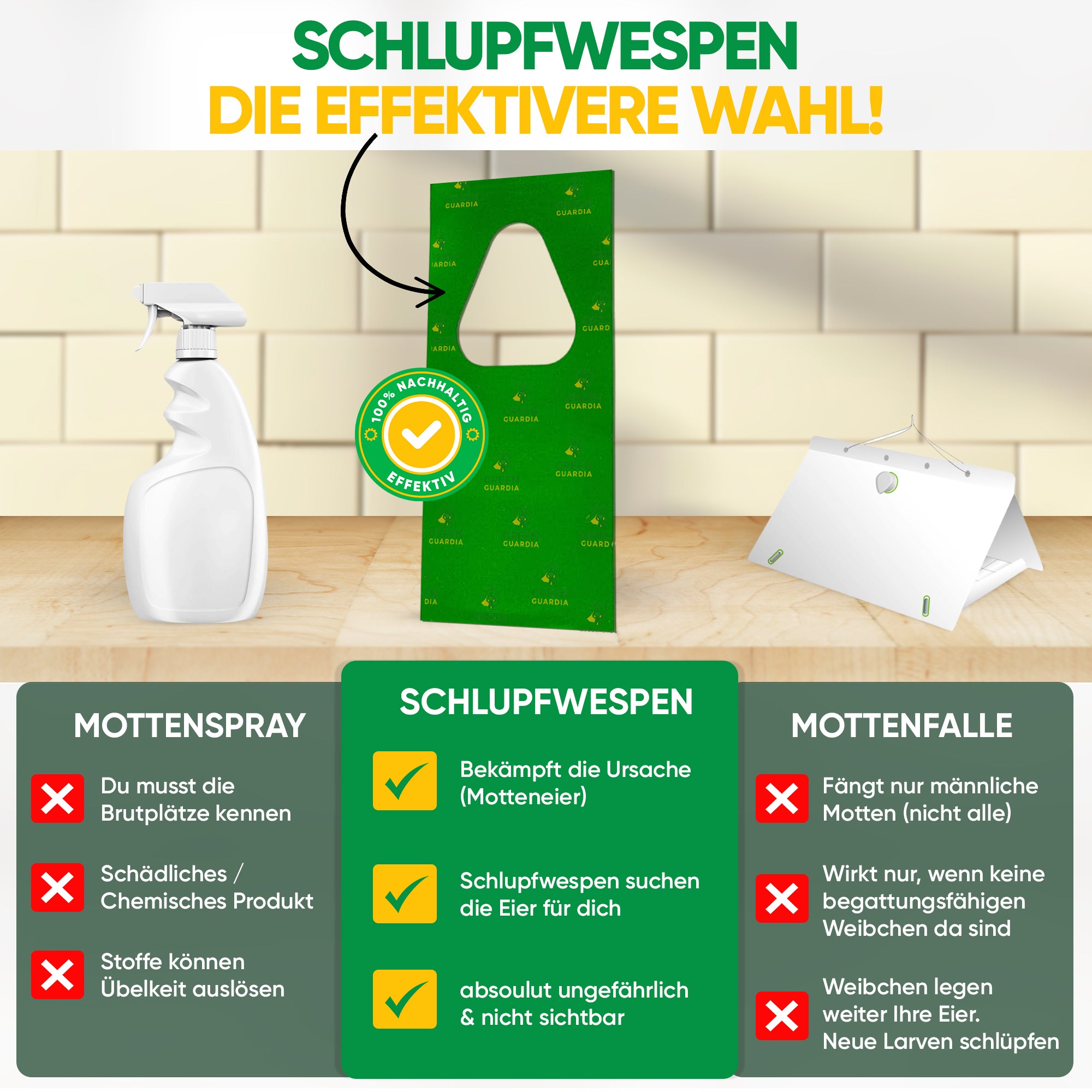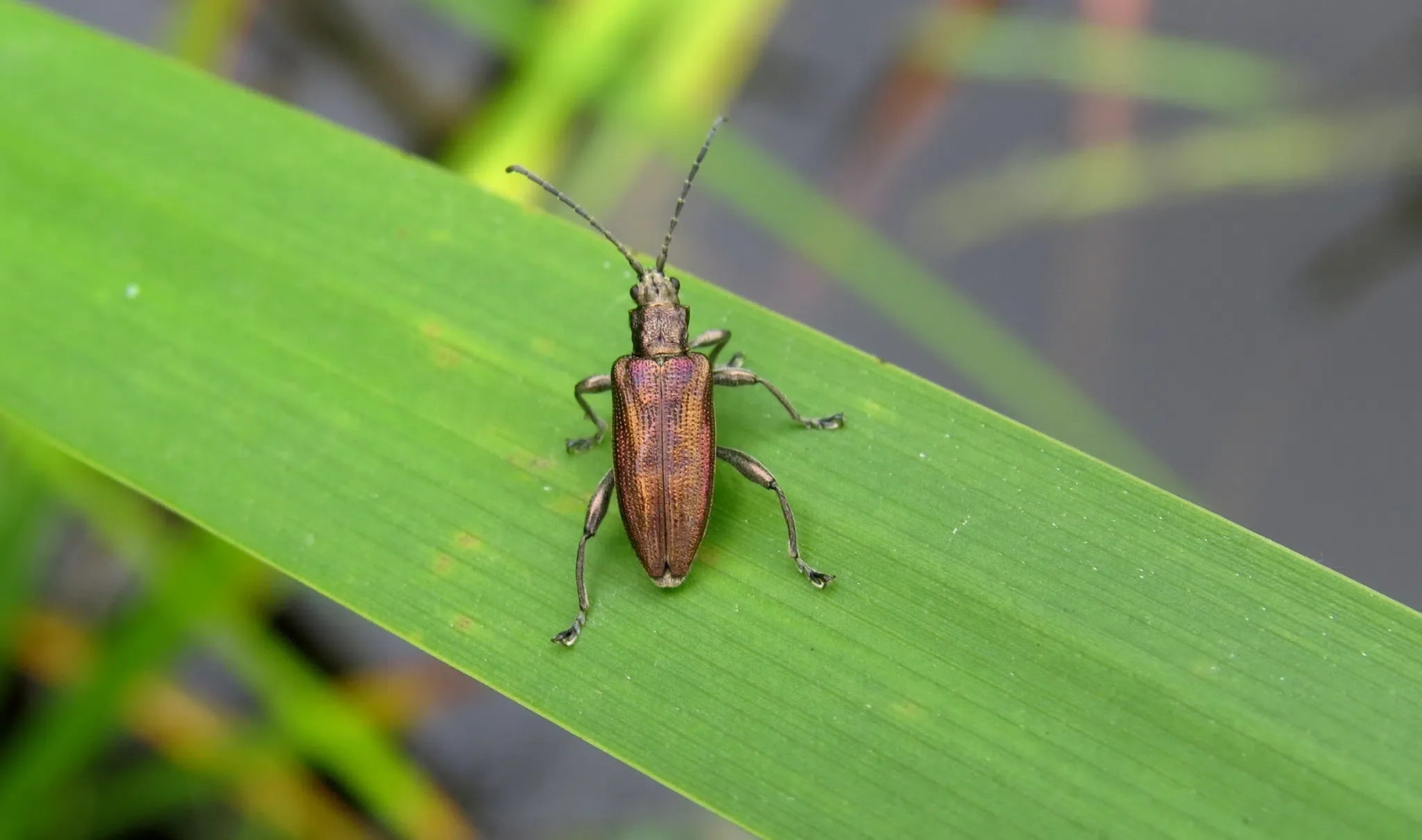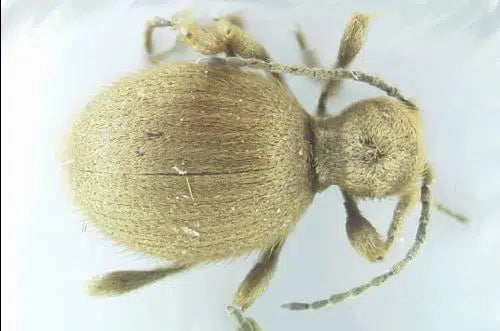Detect and combat corn borers naturally
The European corn borer is a dreaded pest in corn cultivation and can cause massive damage to your plants. Its larvae burrow through stalks and ears, leading to yield losses and reduced corn quality.
This makes it all the more important to familiarize yourself with effective methods for controlling this pest. In this article, you'll learn how to identify corn borers, implement natural control measures, and prevent future infestations—all with a focus on environmentally friendly approaches.
An overview of the pest
The European corn borer (Ostrinia nubilalis) is a butterfly whose larvae can cause devastating damage to corn plants, especially in warm and dry summers. The pests devour the plants and significantly weaken them, leading to lower yields and poorer plant health. Early and sustained control is crucial to protecting your crop.
Life cycle and reproduction of the European corn borer
The development of the European corn borer begins in spring, when the adult moths emerge from the pupae that have survived the winter in the soil. The females lay their eggs on the leaves of the corn plants, and after a few days, the larvae hatch and then feed on the stems and cobs.
This cycle repeats itself the following year, so timely intervention is necessary to effectively control the pests.
How to recognize an infestation
- Feeding tunnels and holes in stems and cobs
- Wilting symptoms on the plants
- Broken or unstable maize plants
- Dark larval droppings at the feeding sites
Natural methods to combat
- Ichneumon wasps (Trichogramma brassicae BEZDENKO): Parasitize the eggs of the European corn borer and thus prevent the larvae from hatching.
- Mechanical measures: Chopping and incorporating the corn stubble after harvest reduces overwintering opportunities for larvae.
- Resistant corn varieties: Certain varieties are less susceptible to damage from European corn borers.
Preventive measures
- Chopping the corn stubble: After harvesting, chop thoroughly and work into the soil.
- Use of parasitic wasps: Early release in spring to interrupt the development cycle.
- Crop rotation and resistant varieties: rotating crops and selecting robust plants for prevention.
Products for natural control
Our product range includes a selection of effective, natural products for controlling the European corn borer. We particularly recommend the use of parasitic wasps (Trichogramma brassicae BEZDENKO) , which you can easily order from us.
These beneficial insects offer a sustainable solution for controlling the European corn borer – entirely without chemical pesticides. We also carry mechanical tools that help you chop up corn stubble, effectively limiting the pests' habitat.
Conclusion
Controlling the European corn borer can be achieved naturally and sustainably. The use of parasitic wasps and preventative measures such as shredding corn stubble are effective strategies for protecting your corn fields and ensuring healthy yields.
Don't hesitate to take action – start natural control of the European corn borer today and protect your plants in the long term!


